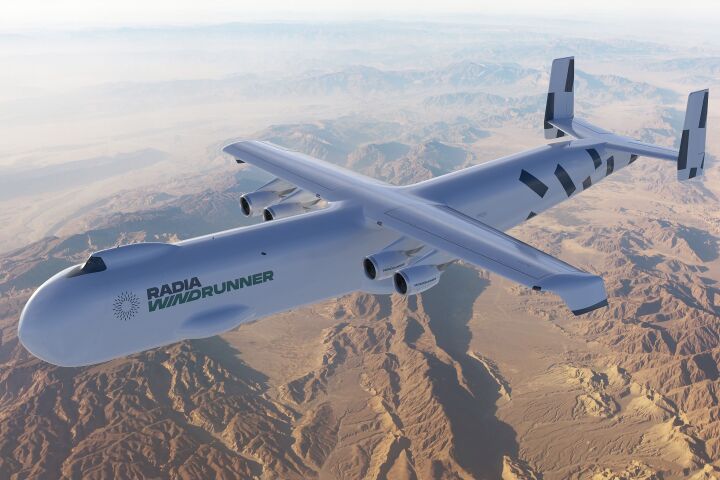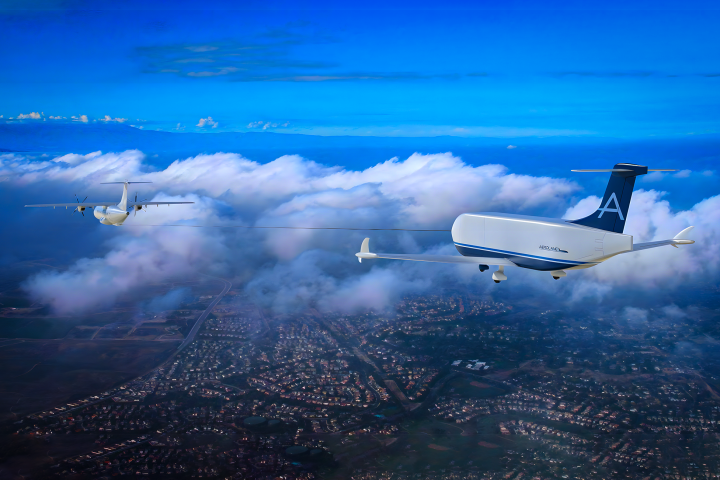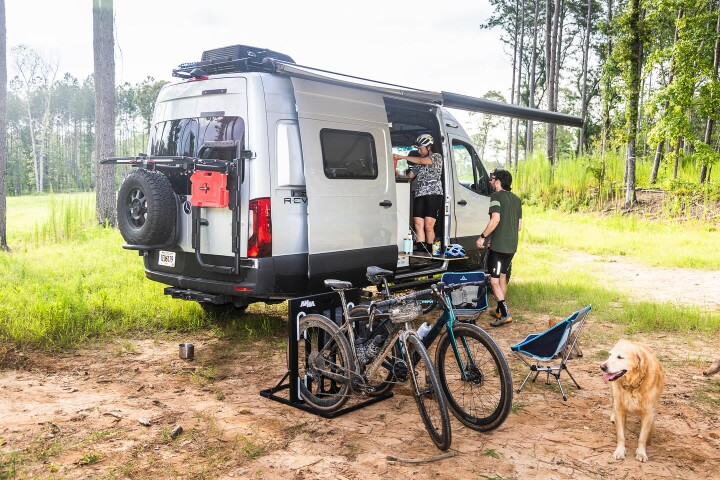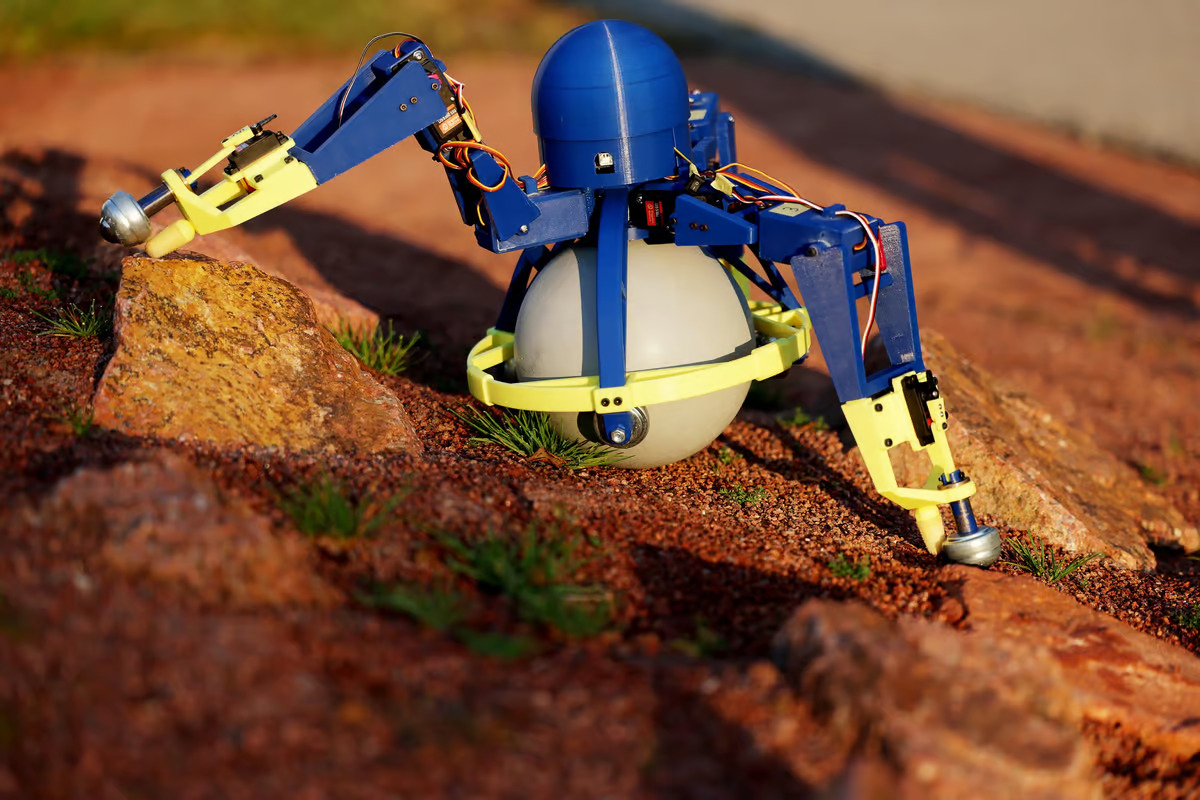 The SKOOTR bot gets around on three motorized legs, with a large freely rotating sphere providing additional stability. University of Michigan/Hung, Adu and Moore –
The SKOOTR bot gets around on three motorized legs, with a large freely rotating sphere providing additional stability. University of Michigan/Hung, Adu and Moore –
The idea for the SKOOTR – or SKating, Omni-Oriented, Tripedal Robot – project came from assistant professor Talia Y. Moore at the University of Michigan’s Evolution and Motion of Biology and Robotics (EMBiR) Lab.
“I came up with this idea as I was rolling around on my office chair between groups of students,” said Moore. “I realized that the passively rolling office chair could easily spin in any direction, and I could use my legs to perform a variety of maneuvers while staying remarkably stable. I realized that this omnidirectional maneuverability is similar to how brittle stars change directions while swimming.”
One of her students, Adam Hung, decided to design and build a robot with similar capabilities, with assistance from Challen Enninful Adu and Moore. Though three-legged robots can turn on a dime, raising one of those limbs to move can result in “inefficient and dynamically unstable locomotion.” To get around this drawback, Hung added a freely rotating sphere into the mix.
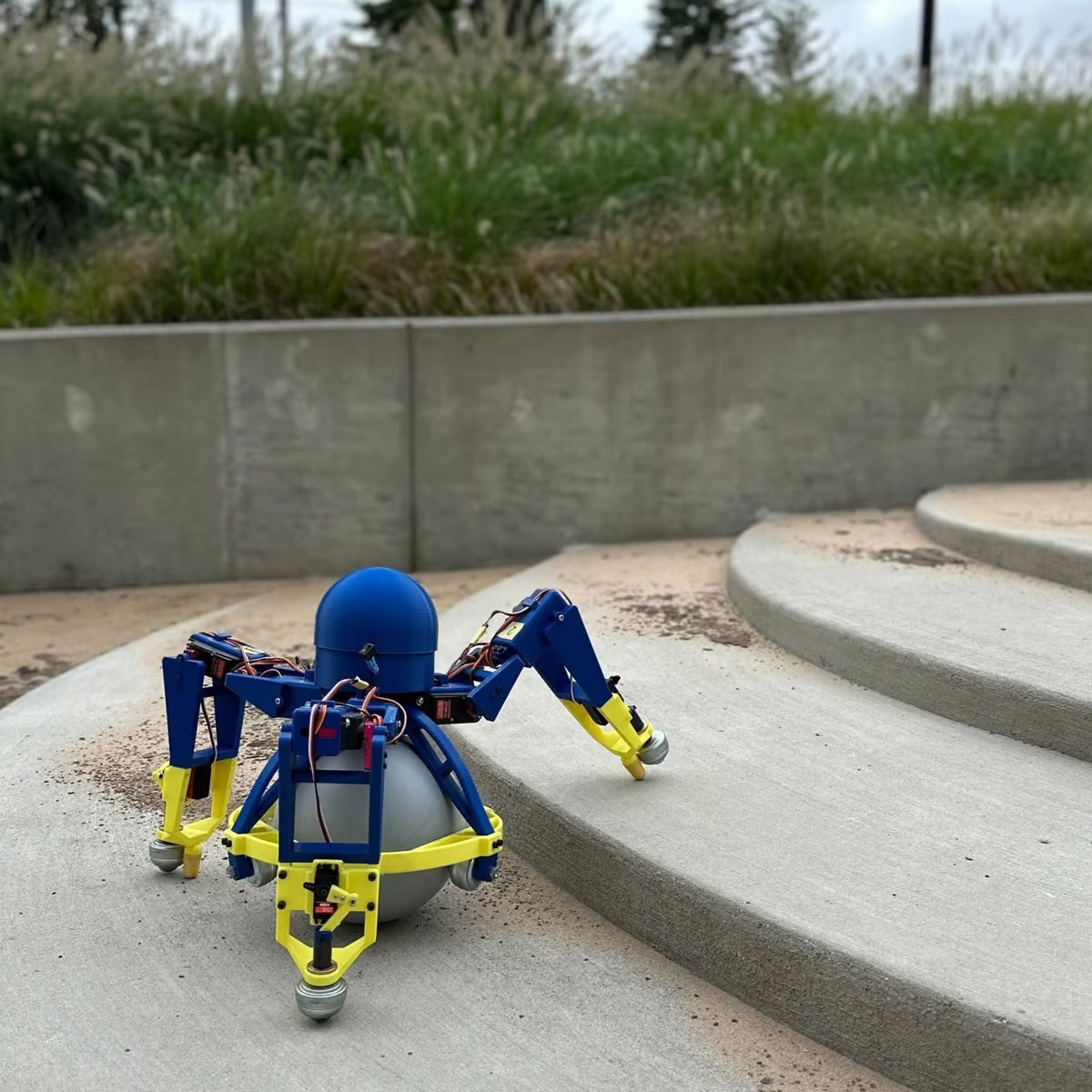
SKOOTR features a central structure that serves as a control hub with an Arduino Uno board, inertial measurement unit and Li-Po battery. It also sports an underslung cage with spherical bearings that come into contact with the sphere at four points.
Each of the legs mounted to this hub has two planar rotational joints actuated by off-the-shelf servos. A “hybrid end effector” sits at each leg’s tip, where a small servo extends a spherical bearing for rolling contact or retracts it so that a rubber cap comes into contact with the floor to push or pull the bot along.
The large central sphere provides the bot with an extra contact point while on the move, for improved stability. But the mechanism can also grip the ball, raise it off the floor and allow the legs to shuffle over obstacles such as steps or clutter before lowering it again and pushing off.
“Due to this combination of the central sphere and multiple legs, SKOOTR is incredibly stable,” said Moore. “We have been doing lots of experiments with SKOOTR and it’s basically impossible to flip it over while it is operating. It is also capable of much more than you would think from just looking at the ‘skooting’ gait. By lifting its sphere up with its legs, SKOOTR can overcome obstacles that would be difficult for other rolling robots. SKOOTR can even climb stairs.”
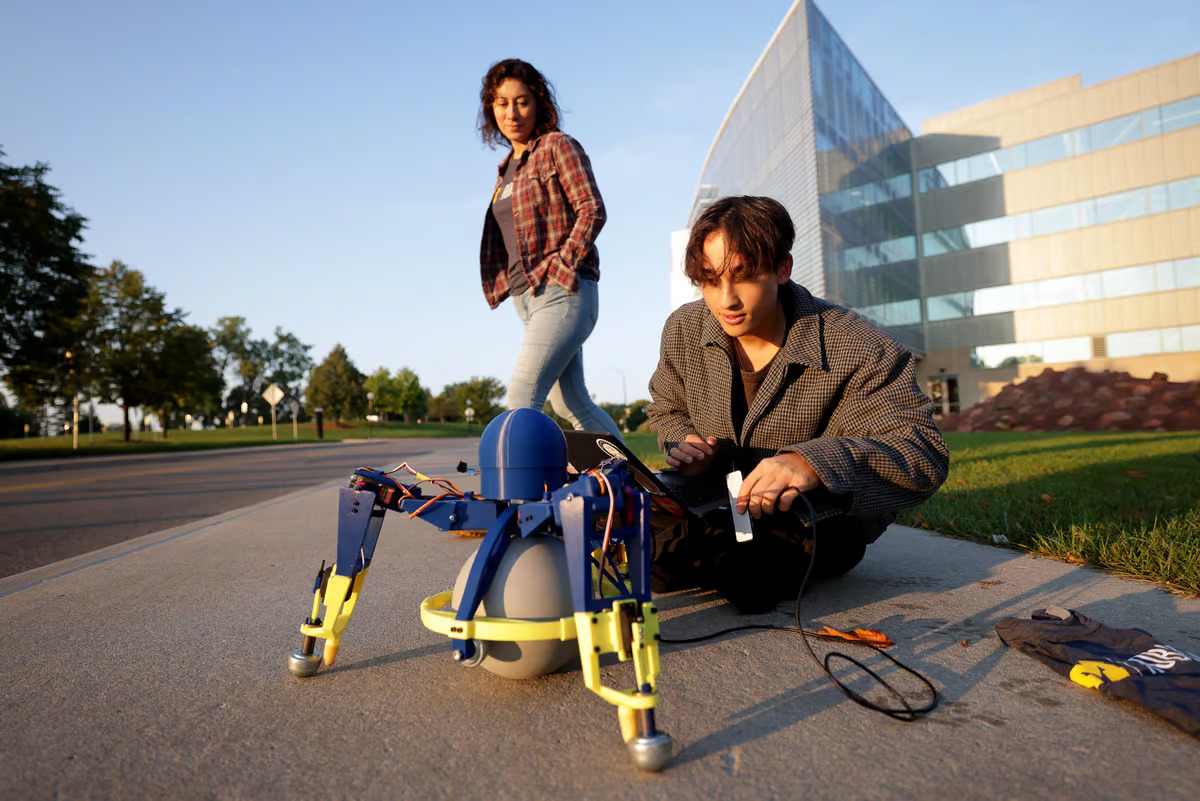
The build plans, CAD files and code are open-source, many of the robot’s parts can be 3D-printed with PLA filament and off-the-shelf components can be purchased online. The estimated project cost is around US$500.
The EMBiR team sees potential applications in mapping and exploration of challenging indoor environments, as well as payload delivery and as a relatively inexpensive educational tool. Next steps include adding sensors for autonomous localization, motion planning and mapping.
Details of the project can be found on arXiv, and the video below has more.
–
Source: EMBiR Lab via TechXplore View gallery – 3 images
–









